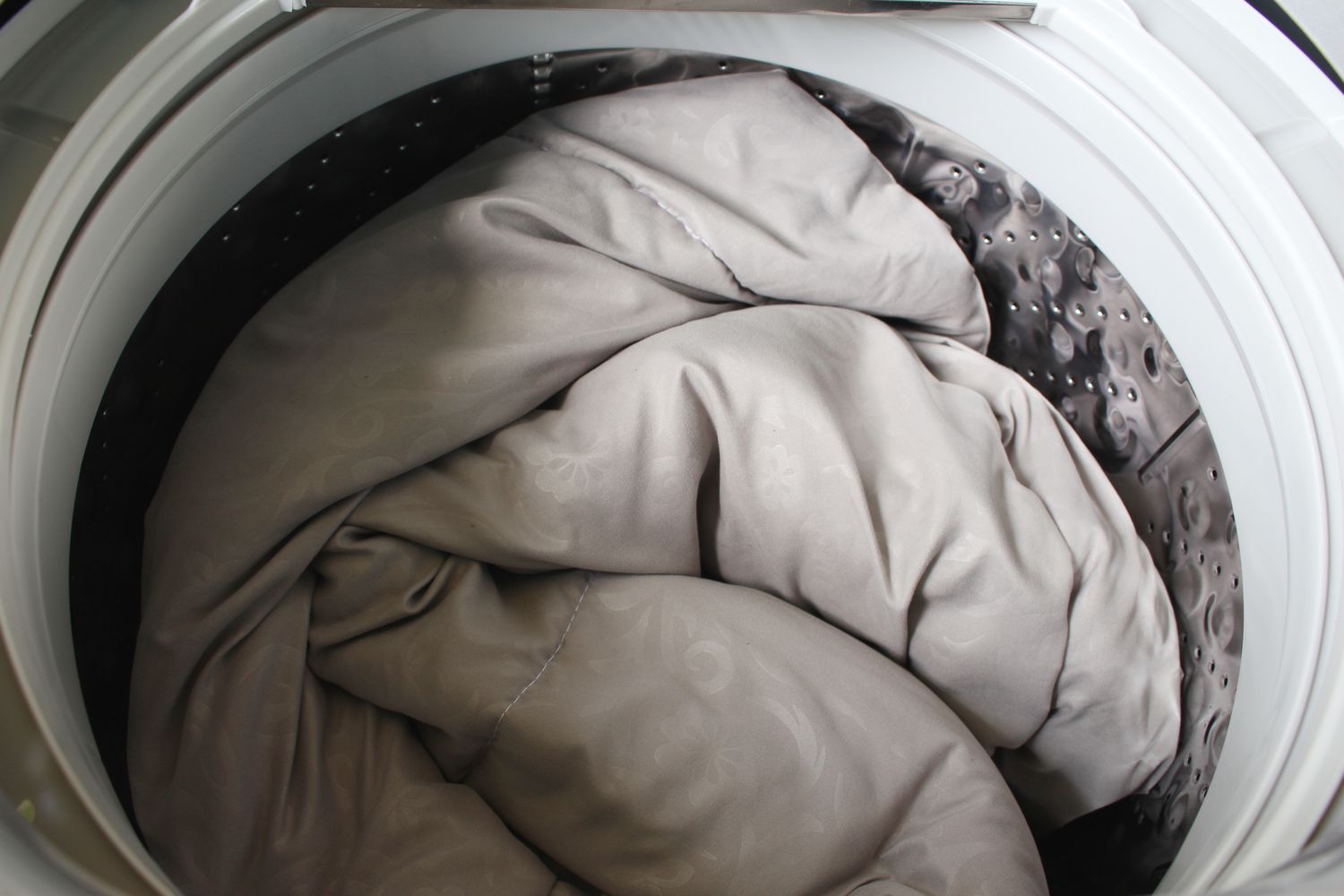

Articles
How Do I Wash A Duvet
Modified: February 24, 2024
Looking for articles on how to wash a duvet? Find step-by-step guides and tips to effectively clean and maintain your duvet for a fresh and cozy sleep.
(Many of the links in this article redirect to a specific reviewed product. Your purchase of these products through affiliate links helps to generate commission for Storables.com, at no extra cost. Learn more)
Introduction
Washing a duvet may seem like a daunting task, but with the right techniques and materials, it can be a simple and effective process. Duvets are an essential part of our bedding, providing warmth and comfort during the night. However, over time, they can accumulate dirt, sweat, and allergens, making it necessary to clean them regularly for hygiene reasons. By following a few easy steps, you can keep your duvet fresh and clean, ensuring a restful night’s sleep.
In this article, we will guide you through the process of washing a duvet, from preparation to drying and fluffing. We will provide you with helpful tips and techniques for different types of duvets, ensuring that you can maintain the quality and longevity of your bedding.
Before we dive into the step-by-step process, let’s gather all the materials you will need:
- A washing machine large enough to accommodate your duvet
- A mild detergent suitable for delicates or a specialized duvet cleaner
- White vinegar or fabric softener (optional) to remove odors and restore softness
- Tennis balls or dryer balls (optional) for duvet fluffing
- A dryer, or an area for air drying
- A duvet cover (recommended to protect your duvet and make future cleanings easier)
Now that we have everything we need, let’s move on to preparing the duvet for washing.
Key Takeaways:
- Keep your duvet fresh and clean by using a mild detergent, proper drying techniques, and regular maintenance. Follow care instructions and invest in a duvet cover for easier future cleanings.
- Ensure a restful night’s sleep by preparing, washing, drying, and fluffing your duvet with care. Use tennis balls or dryer balls for fluffing and consider air drying for optimal results.
Read more: How Do I Reset My Washing Machine
Materials Needed
Before you start washing your duvet, it’s important to gather all the necessary materials to ensure a successful cleaning process. Here’s a list of the materials you’ll need:
- A washing machine large enough to accommodate your duvet
- A mild detergent suitable for delicates or a specialized duvet cleaner
- White vinegar or fabric softener (optional) to remove odors and restore softness
- Tennis balls or dryer balls (optional) for duvet fluffing
- A dryer, or an area for air drying
- A duvet cover (recommended to protect your duvet and make future cleanings easier)
It’s important to choose the right detergent for washing your duvet. Opt for a mild detergent that is suitable for delicates, as harsh chemicals can damage the fabric and compromise the duvet’s quality. Alternatively, you can use a specialized duvet cleaner that is specifically designed for this purpose.
If your duvet has accumulated odors or lost its softness, you can add white vinegar or fabric softener during the washing process to help remove odors and restore the duvet’s cozy feel. However, be sure to check the care instructions for your duvet, as some materials may not be suitable for these additives.
In order to prevent clumping and ensure proper drying, consider adding tennis balls or dryer balls to the dryer. These will help to fluff and evenly distribute the filling of the duvet, resulting in a more comfortable and consistent sleeping experience.
Lastly, investing in a duvet cover is highly recommended. A duvet cover not only protects your duvet from stains and wear, but it also makes future cleanings easier. Simply remove the duvet cover and toss it in the washing machine, instead of washing the entire duvet itself.
Now that you have all the necessary materials, it’s time to move on to preparing the duvet for washing.
Preparing the Duvet
Before you begin the washing process, it’s important to properly prepare your duvet. Follow these steps to ensure that your duvet is ready for a thorough cleaning:
- Read the Care Instructions: Always check the care label on your duvet for specific instructions. Different duvets may have different requirements, so it’s crucial to follow the manufacturer’s guidelines.
- Remove the Duvet Cover: If your duvet has a removable cover, unzip or unbutton it and remove it from the duvet. Set the cover aside to wash separately.
- Inspect for Damages: Take a few moments to carefully inspect your duvet for any damages such as tears, loose stitching, or broken seams. If you notice any issues, it’s best to repair them before proceeding with the washing process.
- Check for Stains: Inspect the duvet for any stains or spots. Pre-treat any visible stains with a stain remover or a gentle detergent. Allow the stain remover to sit for a few minutes before moving on to the next step.
- Secure Any Loose Threads: If you notice any loose threads, use a needle and thread to secure them. This will prevent further unraveling and maintain the duvet’s structural integrity.
Once you have completed these steps, your duvet is now ready to go into the washing machine. Ensure that you have followed all the necessary preparations to ensure a successful and effective cleaning process.
Next, we will move on to the actual process of washing the duvet.
Washing the Duvet
Now that you have prepared your duvet, it’s time to move on to the washing process. Follow these steps to ensure a thorough and effective cleaning:
- Choose the Right Washing Machine: Make sure your washing machine is large enough to accommodate your duvet comfortably. If your duvet is particularly bulky or oversized, consider taking it to a laundromat with commercial-sized machines.
- Place the Duvet in the Machine: Gently place the duvet into the washing machine, making sure it is evenly distributed. If you are washing multiple duvets or pillows, ensure there is enough space for them to move freely.
- Add the Detergent: Add a mild detergent suitable for delicates to the washing machine. Follow the instructions on the detergent bottle for the appropriate amount to use based on the size of your duvet and the machine’s load capacity.
- Select the Right Cycle: Choose a gentle or delicate cycle for your duvet. Avoid using a cycle with a high spin speed, as it can cause unnecessary stress and damage to the filling and fabric.
- Start the Wash: Begin the washing cycle and let the machine do its job. Ensure that the water temperature is set to meet the care instructions on your duvet. Generally, a warm or cold water setting is recommended.
- Optional: Add Vinegar or Fabric Softener: If desired, you can add white vinegar or fabric softener during the rinse cycle to remove any lingering odors and restore softness to the duvet. Follow the instructions on the product label for the appropriate amount to use.
- Allow the Cycle to Complete: Once the washing cycle is complete, remove the duvet from the machine promptly to prevent excessive wrinkling.
It’s important to note that down or feather-filled duvets require extra care. Consider using a specialized down detergent and following the manufacturer’s instructions for optimal results.
Now that you have successfully washed your duvet, let’s move on to the next step: drying.
When washing a duvet, use a large capacity washing machine and mild detergent. Wash on a gentle cycle with cold water to avoid damaging the filling. Tumble dry on low heat or air dry to prevent clumping.
Drying the Duvet
After washing your duvet, it’s essential to properly dry it to avoid mold, mildew, and a musty smell. Follow these steps to ensure that your duvet is thoroughly dried:
- Check the Care Instructions: Refer to the care label on your duvet to determine the recommended drying method. Some duvets may be suitable for tumble drying, while others may require air drying.
- Tumble Drying: If your duvet is appropriate for tumble drying, place it in the dryer along with a few clean tennis balls or dryer balls. The balls will help to fluff and evenly distribute the filling as the duvet dries. Set the dryer to a low or gentle heat setting to prevent shrinkage and damage to the fabric.
- Air Drying: If your duvet is not suitable for tumble drying or you prefer air drying, find a clean and well-ventilated area to hang or lay the duvet flat. Use a clothesline, drying rack, or a clean surface to spread out the duvet and allow it to air dry completely. Ensure that the duvet is not exposed to direct sunlight, as this can cause fading.
- Rotate and Fluff: If you are air drying your duvet, rotate it occasionally during the drying process to ensure even drying. Additionally, gently fluff the duvet to restore its loft and prevent clumping of the filling.
- Check for Moisture: After the recommended drying time, check your duvet for any signs of moisture. It should be completely dry to the touch. If you notice any damp areas, continue drying until the duvet is fully dry.
It’s worth noting that down or feather-filled duvets may take longer to dry compared to synthetic-filled duvets. Be patient and allow sufficient time for complete drying to prevent any moisture-related issues.
Once your duvet is thoroughly dry, it’s time to move on to the final step: fluffing and folding.
Read more: How Do I Balance My Washing Machine
Fluffing and Folding the Duvet
After drying your duvet, it’s important to give it a final touch to restore its fluffiness and properly fold it for storage or use. Follow these steps to fluff and fold your duvet:
- Shake and Fluff: Start by gently shaking your duvet to loosen the filling. This will help to distribute the filling evenly and restore its loft. Fluff the duvet with your hands, gently pulling and separating the filling to create an even distribution.
- Use Tennis Balls or Dryer Balls: If you haven’t already used them during the drying process, you can now add a few clean tennis balls or dryer balls to the duvet cover. Place them inside the cover along with the duvet, making sure they are evenly distributed. The balls help to further fluff and maintain the duvet’s shape.
- Fold the Duvet: Once the duvet is fully fluffed, it’s time to fold it for storage or use. Lay the duvet flat on a clean surface and start folding it in sections. Fold it in half lengthwise, then fold it in half again or fold it into thirds, depending on the size and thickness of the duvet. Repeat the folding process until you have a compact and neatly folded duvet.
- Store or Use: If you are storing the duvet, place it in a clean and dry storage bag or container to protect it from dust and pests. Keep it in a cool, dry place. If you are placing the duvet back onto your bed, simply unfold it and spread it out on your mattress, ensuring that it is evenly spread.
By following these steps, you can keep your duvet in optimal condition and ensure a luxurious sleeping environment.
Before we conclude, let’s summarize the key points we’ve covered throughout this article.
Conclusion
Washing a duvet may seem like a daunting task, but with the right techniques and materials, it can be a straightforward and effective process. By following the steps outlined in this article, you can ensure that your duvet remains clean, fresh, and comfortable for a restful night’s sleep.
Remember to always check the care label on your duvet for specific instructions and follow them accordingly. Use a mild detergent suitable for delicates or a specialized duvet cleaner to protect the fabric and filling.
Preparation is key when it comes to washing a duvet. Take the time to remove the duvet cover, inspect for damages, and pre-treat any stains. Secure loose threads to maintain the duvet’s structural integrity.
When it comes to the washing process, choose the appropriate washing machine cycle and water temperature. If desired, add white vinegar or fabric softener during the rinse cycle to remove odors and restore softness. However, make sure to follow the care instructions provided.
Properly drying the duvet is crucial to prevent mold, mildew, and musty smells. Tumble drying with tennis balls or dryer balls helps to fluff and evenly distribute the filling. If air drying, find a well-ventilated area and rotate the duvet to ensure even drying.
After drying, give your duvet a final touch by gently shaking, fluffing, and folding it. This will restore its loft and maintain its shape. Store the duvet in a clean and dry place or place it back on your bed for immediate use.
Remember, regular cleaning and maintenance of your duvet will help prolong its lifespan while providing you with a comfortable and hygienic sleeping environment.
We hope this article has provided you with valuable insights and guidance on how to wash your duvet. Enjoy the freshness and comfort of your newly cleaned duvet for many nights to come!
Frequently Asked Questions about How Do I Wash A Duvet
Was this page helpful?
At Storables.com, we guarantee accurate and reliable information. Our content, validated by Expert Board Contributors, is crafted following stringent Editorial Policies. We're committed to providing you with well-researched, expert-backed insights for all your informational needs.


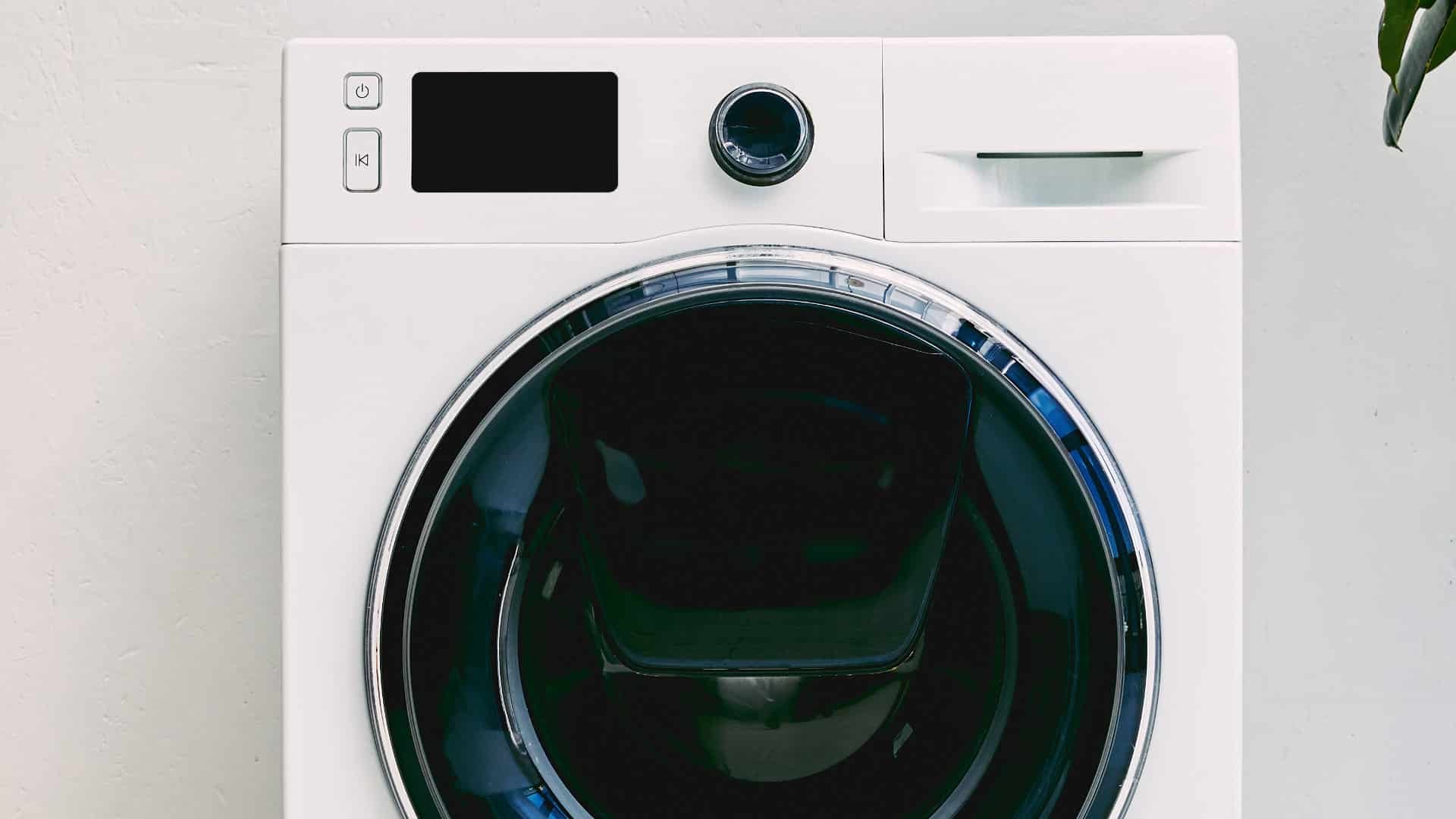
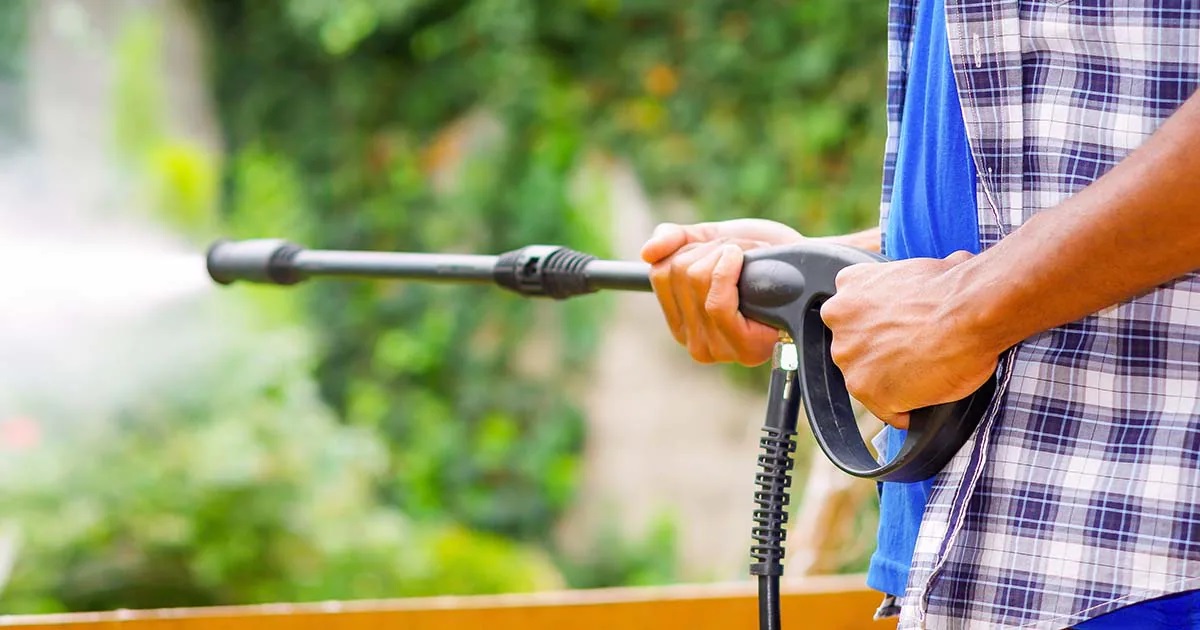






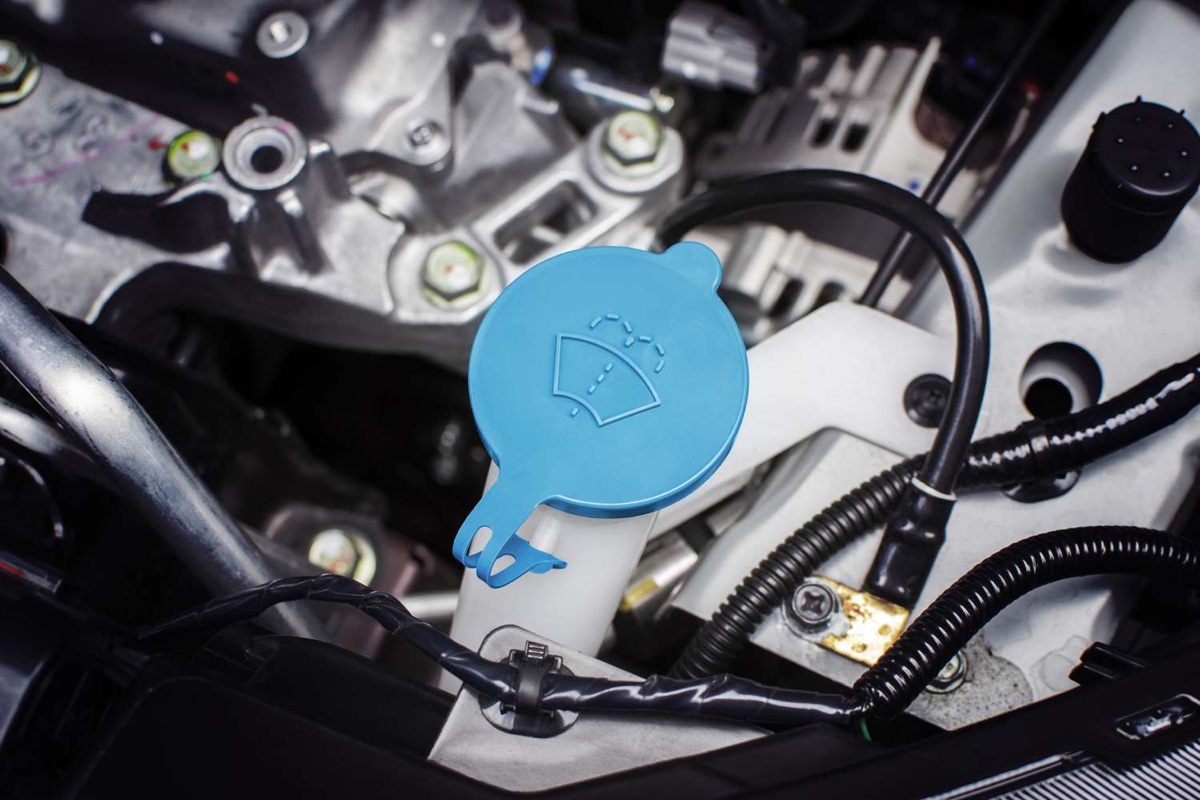
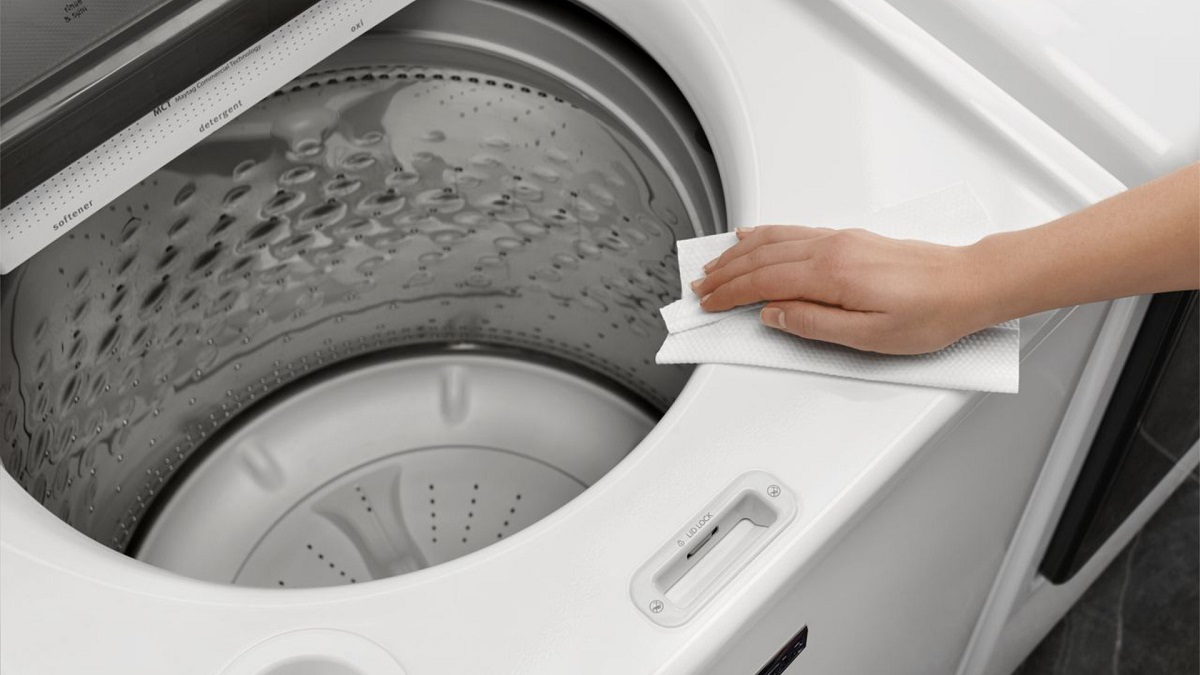

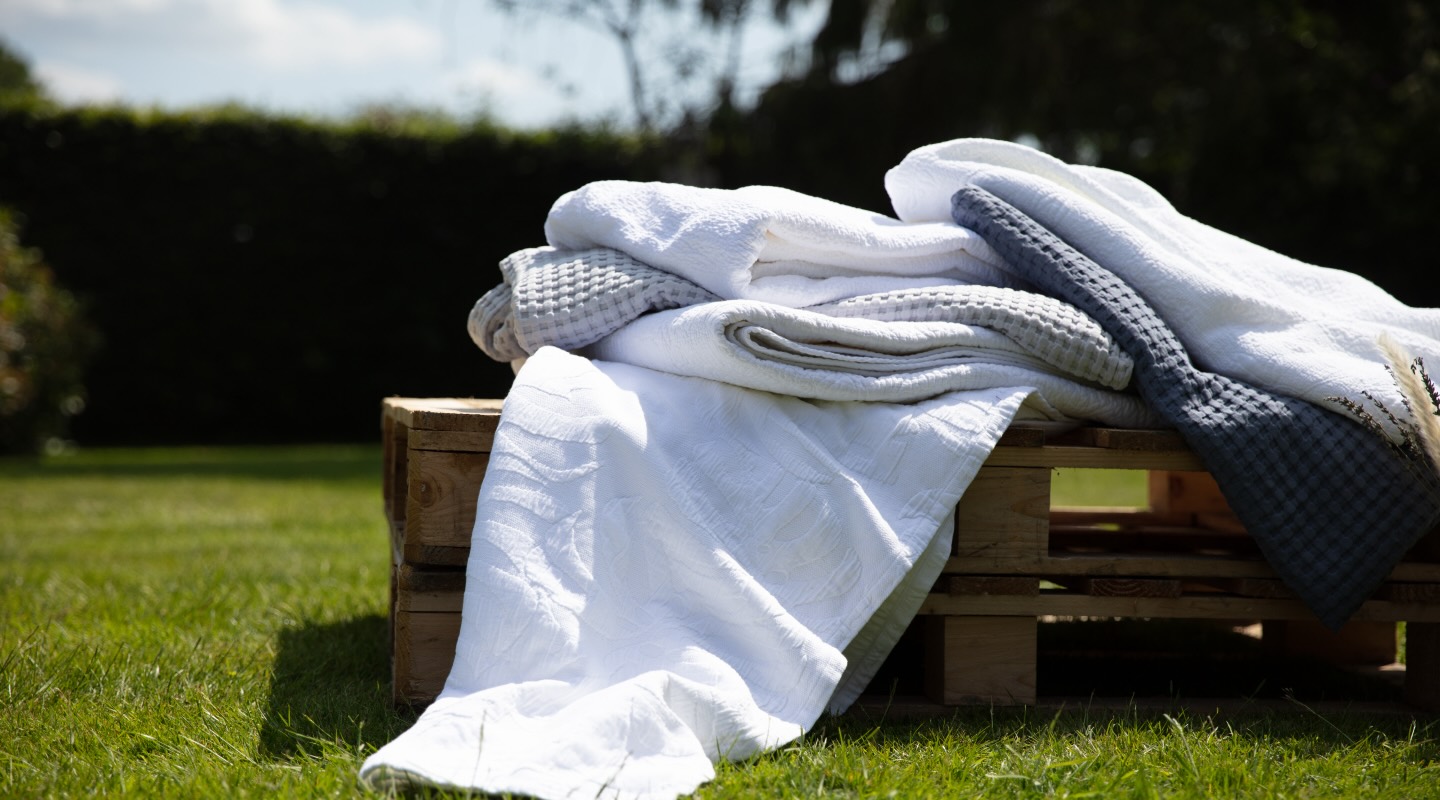

0 thoughts on “How Do I Wash A Duvet”